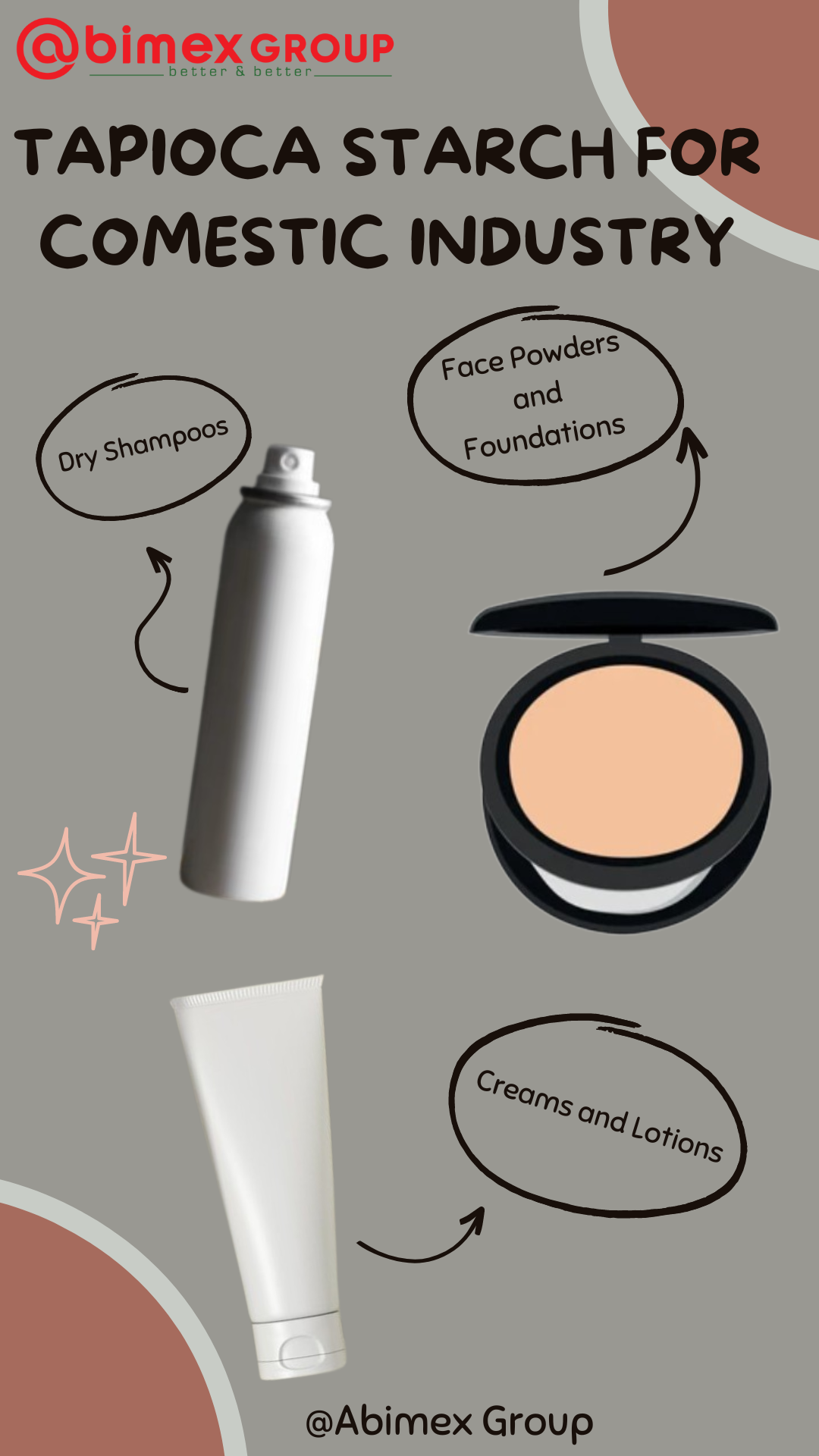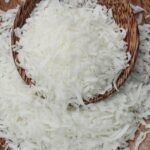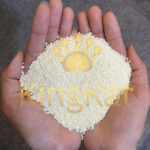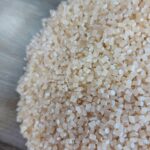CASHEW NUT SHELL OIL
Tapioca starch, traditionally known for its culinary uses, is emerging as a versatile ingredient in the cosmetics industry. Derived from the cassava root, tapioca starch offers natural benefits that enhance texture, absorption, and stability in personal care products. Below, we explore eight innovative ways tapioca starch is being used in cosmetics, revealing why it’s becoming a favorite for both formulators and consumers.

Table of Contents
Toggle1. Natural Oil Absorber in Mattifying Powders
Tapioca starch is an excellent oil absorber, making it ideal for mattifying products. It helps to reduce excess shine on the skin without clogging pores, commonly used in setting powders and foundations. Due to its light, breathable texture, it provides a smooth, matte finish, making it perfect for oily skin or high-humidity environments. Formulations with tapioca starch can help makeup stay in place longer and look fresher throughout the day.
2. Smoothing Agent in Lotions and Creams
Tapioca starch provides a smooth, non-greasy finish, making it ideal for creams and lotions. When added to these products, it improves their spreadability and ensures a more lightweight application, giving users a soft and smooth skin feel. This natural starch is often chosen over talc due to its hypoallergenic properties and gentle effect on sensitive skin.
3. Dry Shampoo Ingredient for Oil Control
Dry shampoos are popular for refreshing hair without water, especially for oily hair. Tapioca starch effectively absorbs scalp oil and leaves hair with a clean, voluminous appearance. Unlike some synthetic alternatives, tapioca starch does not leave behind a powdery residue, which is essential for achieving a natural look. It’s a gentle, non-toxic ingredient that benefits the hair and scalp without causing irritation.
4. Thickening Agent in Creams and Gels
One of the primary benefits of tapioca starch is its natural thickening properties, making it useful in lotions, gels, and serums. It helps enhance product stability and viscosity without impacting the product’s effectiveness or feel on the skin. Due to its natural origin, tapioca starch is especially favored in organic and eco-friendly product lines as an alternative to synthetic thickeners.
5. Exfoliating Agent in Scrubs
Tapioca starch can be used as a mild exfoliant, particularly in gentle facial and body scrubs. Its soft particles help remove dead skin cells without causing micro-tears, a common issue with harsher exfoliants. The result is smooth, rejuvenated skin without irritation. Many formulators blend tapioca starch with essential oils and botanicals to create scrubs that are effective yet gentle enough for sensitive skin types.
6. Deodorizing Agent in Natural Deodorants
In the rise of natural deodorants, tapioca starch is an effective ingredient for reducing underarm moisture and odor. It absorbs sweat and oil while providing a silky finish, helping users stay fresh without the use of harsh chemicals like aluminum. Tapioca starch also pairs well with other natural deodorizing ingredients, such as baking soda and essential oils, making it a staple in natural deodorant formulations.
7. Binding Agent in Bath Bombs
Tapioca starch acts as an excellent binding agent in bath bombs, holding ingredients together without compromising texture. When combined with other natural ingredients, tapioca starch helps create bath bombs that dissolve evenly in water, releasing oils, colors, and fragrances smoothly. Its light texture contributes to the luxurious, velvety feel of bath water, enhancing the user’s experience.
8. Anti-Caking Agent in Powder Products
To keep powdered products such as eyeshadows, blushes, and loose powders free-flowing, tapioca starch serves as an effective anti-caking agent. It prevents powders from clumping together, maintaining a consistent texture that’s easy to apply. This property is especially useful for natural and mineral-based makeup brands seeking an alternative to talc or synthetic fillers.
Why Tapioca Starch?
The demand for natural ingredients in cosmetics is growing, and tapioca starch stands out for being non-GMO, vegan, and biodegradable. Its ability to replace synthetic ingredients and provide added skin benefits aligns with consumers’ preference for cleaner, more sustainable products. Plus, with its mild, non-irritating nature, tapioca starch is suitable for sensitive skin types, making it versatile across a range of applications.












